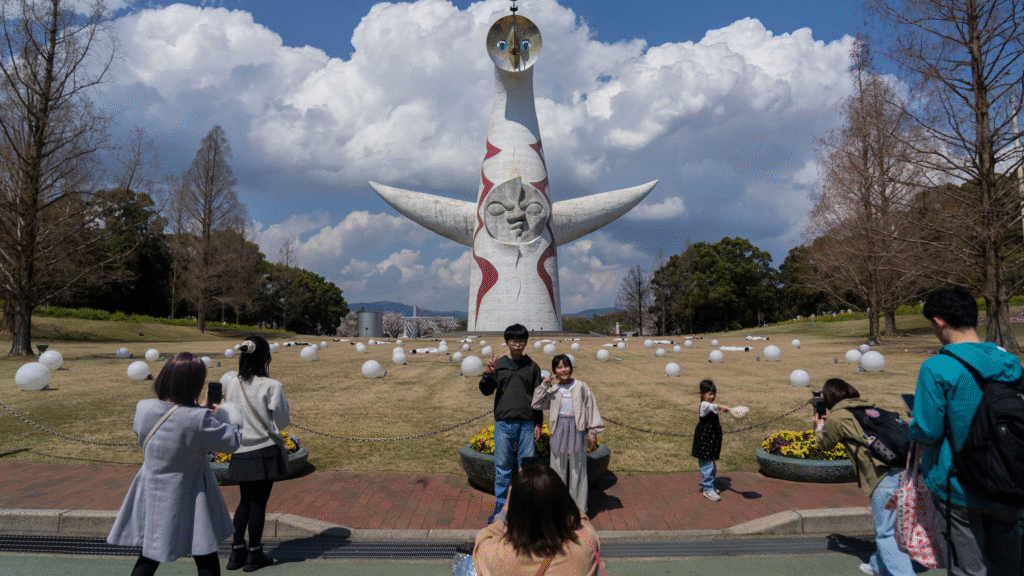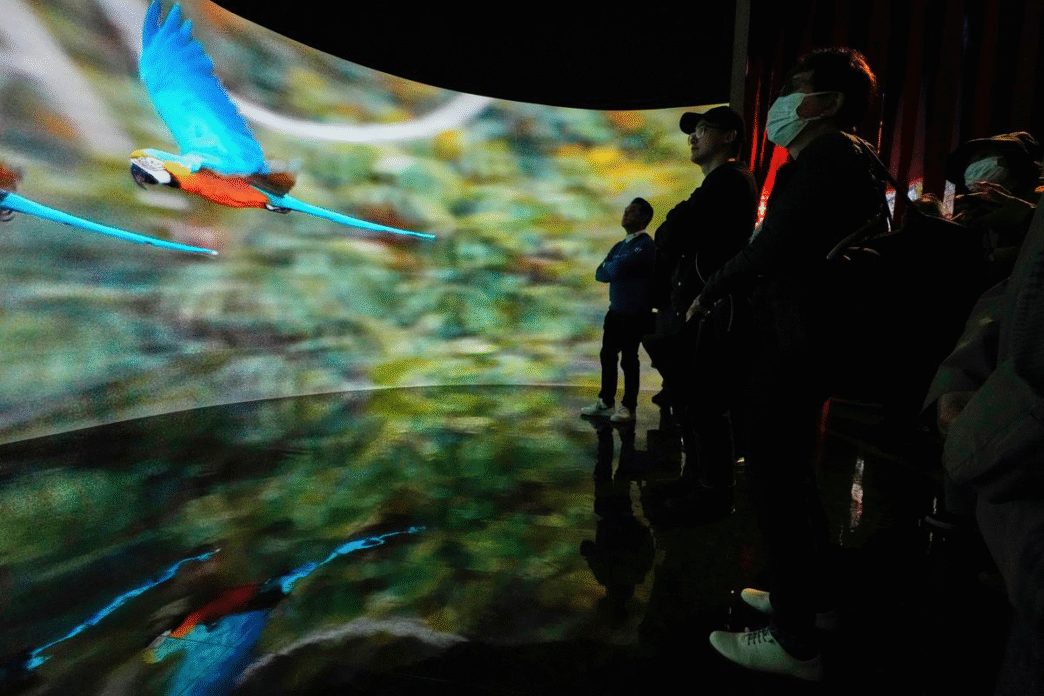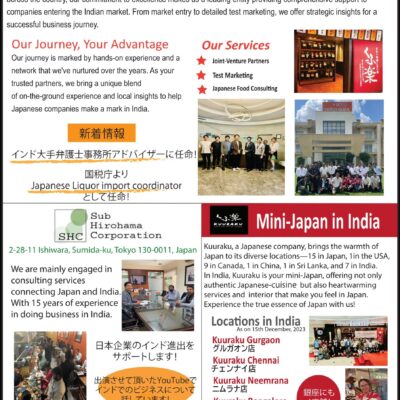Osaka Expo 2025: The Osaka World Expo of 1970 was a dazzling showcase of Japan’s post-war ambition, a moment when the nation stood tall as a global innovator. Fast forward to 2025, and Osaka is hosting another Expo, stirring nostalgia for that vibrant era. Themed “Designing Future Society for Our Lives,” Expo 2025 aims to rekindle the optimism of 1970, but can it recapture that lost spark? With Japan facing a shrinking population and economic hurdles, the event feels like both a celebration and a challenge. What made 1970 so special, and how does 2025 stack up? Let’s dive into this journey through time.
The Golden Era of 1970

Picture this: it’s 1970, and Osaka’s Expo draws 64 million visitors—over half of Japan’s population! Themed “Progress and Harmony for Mankind,” it was Asia’s first World Expo, a symbol of Japan’s economic miracle. Visitors marveled at cutting-edge innovations: moving walkways, prototype cordless phones, and even a moon rock from Apollo 11. Taro Okamoto’s towering Tower of the Sun became an enduring icon, embodying bold optimism. “Everything was on the rise,” recalled Takahiro Moritaka, a 10-year-old visitor, in a Japan Times interview.
The numbers tell the story. The government invested 650 billion yen (about $18 billion today) in infrastructure, building 110 km of roads and transforming Osaka into a modern hub. Posts on X echo this pride, with users sharing black-and-white photos of packed pavilions. For many, like Katsumi Kusada, who spoke to The Guardian, 1970 was when “you could have dreams about the future.” Japan wasn’t just recovering; it was leading, with brands like Sony and Toyota poised to dominate globally.
A Fading Dynamism
Fast forward to 2025, and the mood is different. Japan’s population has dropped from 104 million in 1970 to under 125 million, with a quarter over 65. Economic growth has slowed, and the “sinking” society Eiko Nakanishi described to The Guardian feels real. The 1970 Expo radiated confidence; today’s Japan grapples with self-doubt. On X, some users lament, “Can we ever be that bold again?” Yet, Expo 2025, hosted on Yumeshima island, aims to reignite that spirit, expecting 28 million visitors and showcasing AI, biotech, and sustainable tech.
The stakes are high. Costing 235 billion yen (Rs 13,000 crore), the event faces criticism for budget overruns, with construction costs doubling due to labor shortages. Unlike 1970’s universal excitement, only 25% of Japanese polled by Kyodo News expressed enthusiasm. Still, the Expo’s focus on global challenges—aging societies, climate change—strikes a chord. Pavilions like Saudi Arabia’s, blending tradition with innovation, and India’s tech-driven display signal a forward-looking vibe.
Bridging Past and Present
So, why does 1970 loom so large? It was a moment when Japan dared to dream big, uniting technology and human aspiration. Expo 2025 wants to do the same, but it’s not just about gadgets. It’s about inspiring a new generation, much like 1970 did. Organizers highlight interactive exhibits—like VR tours of sustainable cities—that echo 1970’s futuristic flair. On X, fans post, “This could be Japan’s comeback!” But skeptics wonder if it’s enough to reverse decades of stagnation.
The Tower of the Sun still stands in Suita, a reminder of what’s possible. As visitor Junko Yamamoto told South China Morning Post, “1970 made us believe in progress.” Expo 2025, with its global collaboration and focus on solutions, could spark that belief again. Will it? Only time will tell, but the effort feels like a love letter to Japan’s bold past.
A Call to Dream Again
Expo 2025 is more than an event; it’s a chance for Japan to reclaim its place as a dreamer and doer. By blending 1970’s ambition with today’s realities, Osaka might just light the way forward. Can Japan rise again? That’s the question lingering in the air.
Read more: Osaka Expo 2025 Opening Day: Long Lines and Challenges for Visitors
FAQs
1. What made the 1970 Osaka Expo so significant?
It was Asia’s first World Expo, showcasing Japan’s post-war economic boom with innovations like cordless phones and massive infrastructure investments, symbolizing global leadership.
2. Why is there less excitement for Expo 2025 compared to 1970?
Economic stagnation, a shrinking population, and budget concerns have dampened enthusiasm, with only 25% of Japanese expressing interest, unlike 1970’s widespread optimism.

















